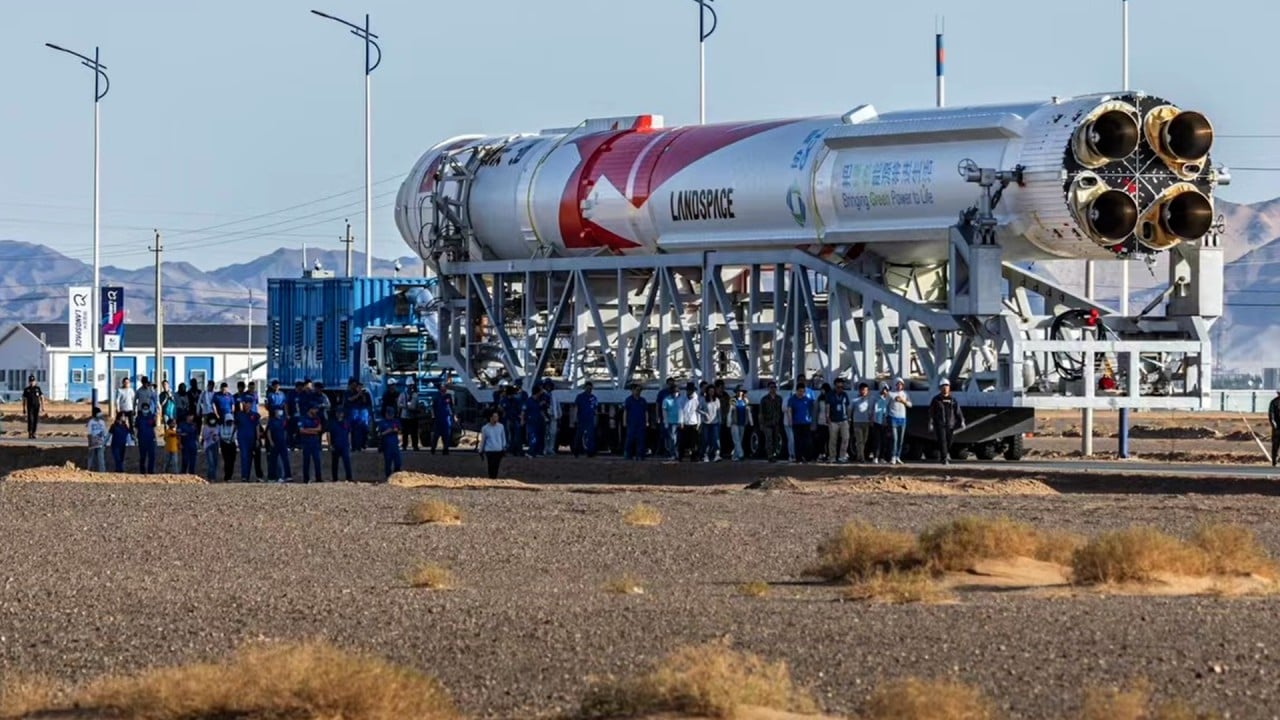
Lift-off for China’s pocket Jielong 3 rocket launches another busy year of commercial missions
- China Rocket sends nine satellites into orbit, propelled by a competitive business model
- Carmaker Geely also launches 11 satellites to expand navigation for autonomous vehicles
A small but powerful Chinese rocket capable of sending payloads at competitive costs delivered nine satellites into orbit on Saturday, Chinese state media reported, in what is gearing up to be another busy year for Chinese commercial launches.
President Xi Jinping has called for the expansion of strategic industries including the commercial space sector, deemed key to building constellations of satellites for communications, remote sensing and navigation.
Critical to the construction of commercial satellite networks is China’s ability to open more launch windows, expand rocket types to accommodate different payload sizes, lower launch costs, and increase the number of launch sites such as building more spaceports and using sea launch vessels.
The Jielong 3 can carry a 1,500kg (3,300-pound) payload into a 500km (310-mile) sun-synchronous orbit. China Rocket has previously said the rocket could carry more than 20 satellites at a launch cost of under US$10,000 per kilogram – a globally competitive rate for small-lift rockets.
The cost is similar to the launches of other Chinese small-lift rockets including the Long March 11, but their payload sizes are significantly smaller.
Developed by CAS Space, a Guangzhou-headquartered commercial spin-off of the Chinese Academy of Sciences, Lijian 1 can also send a 1,500kg payload to a 500km sun-synchronous orbit.
Ceres 1 can deliver a 300kg payload to a 500km sun-synchronous orbit.
Beijing-based Galactic Energy made at least seven Ceres 1 launches in 2023, up from four in 2020-2022.
In the realm of larger rockets, Orienspace in January launched Gravity 1 from a ship off the coast of eastern Shandong province.
The rocket is capable of sending a payload of up to 6,500kg into low-Earth orbit, making it the most powerful launch vehicle developed by a private Chinese enterprise.
A small-lift rocket carries payloads of up to 2,000kg, while medium ones deliver up to 20,000kg and heavy rockets can easily carry in excess of 20,000kg. SpaceX’s Falcon Heavy can lift up to 64,000kg into orbit.



